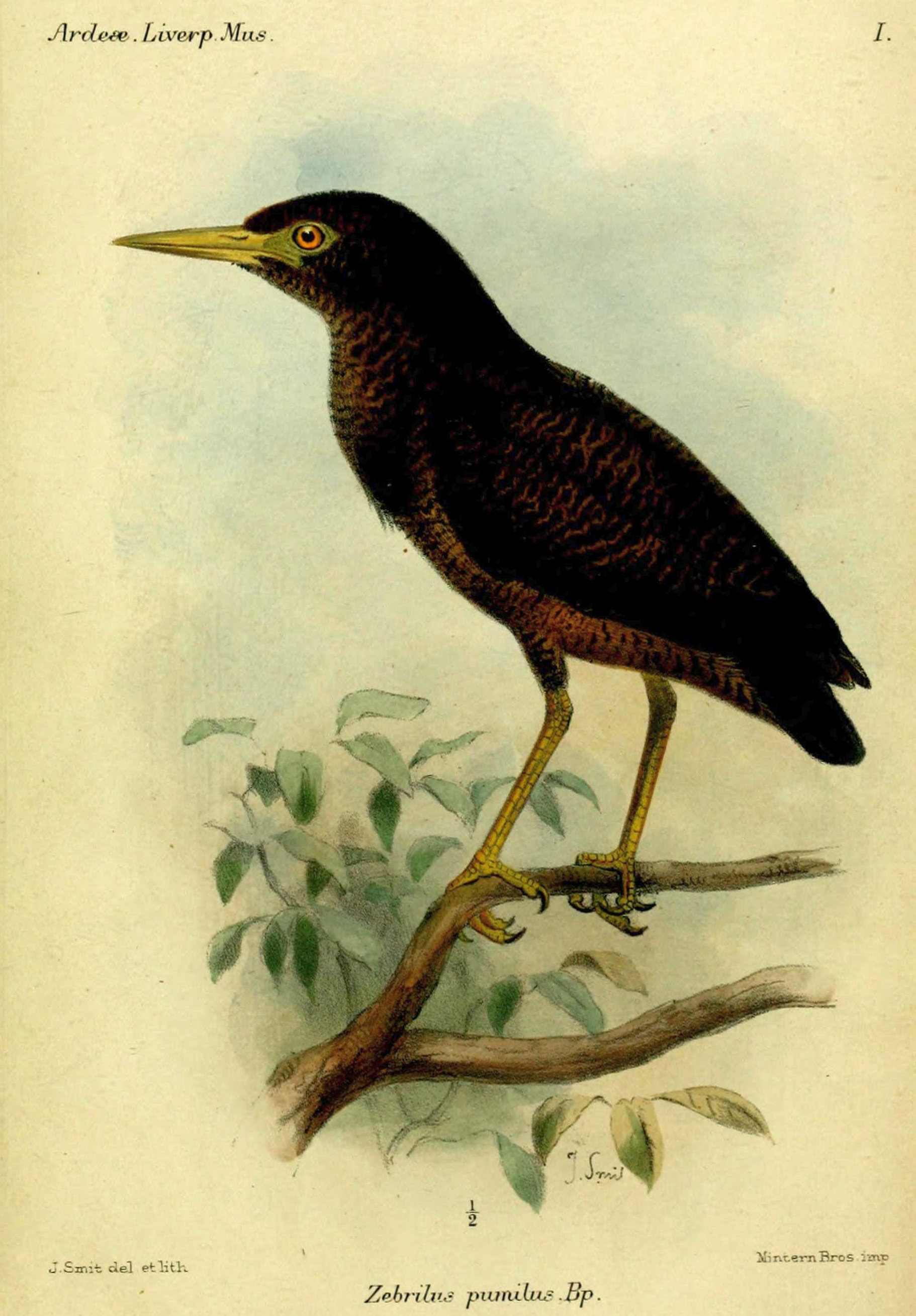
Zebrilus: The Unique Zigzag Heron of South American Wetlands
Introduction to the Genus Zebrilus
The genus Zebrilus is a lesser-known yet fascinating group within the heron family, Ardeidae. This genus is represented by a single species, the Zigzag Heron, known scientifically as Zebrilus undulatus. The Zigzag Heron is unique for its distinctively patterned plumage and elusive nature, making it a captivating subject for bird enthusiasts and ornithologists.
Physical Description
The Zigzag Heron is a small heron, measuring about 25-30 cm in length. Its most striking feature is the zigzag pattern of its plumage, which resembles the stripes of a zebra. This patterning provides excellent camouflage in its native habitat. The bird has a relatively short neck and legs compared to other herons and a sharp, pointed bill.
Habitat and Distribution
Zebrilus undulatus is native to South America, where it inhabits tropical freshwater swamps and marshes. Its range extends through the Amazon Basin, covering countries like Brazil, Peru, Colombia, and Venezuela. The Zigzag Heron thrives in dense, tangled vegetation near water bodies, which offers both ample food supply and protection from predators.
Behavior and Lifestyle
The Zigzag Heron is a nocturnal bird, most active during twilight and at night. Its behavior is notably secretive and elusive, making sightings rare and often challenging. During the day, it remains hidden within thick vegetation, blending seamlessly into its surroundings.
Feeding Habits
The diet of the Zigzag Heron primarily consists of small fish, amphibians, crustaceans, and insects. It hunts by standing still or walking slowly, using its sharp bill to quickly snatch prey. This heron's hunting technique, combined with its nocturnal habits, distinguishes it from many other heron species.
Breeding and Nesting Habits
Little is known about the breeding behavior of the Zigzag Heron due to its secretive nature. However, it is believed to nest solitarily, constructing a platform of twigs and reeds in dense vegetation close to the water.
Egg Laying and Incubation
Details on the Zigzag Heron’s egg-laying and incubation are scarce, but it is presumed that the female lays a small clutch of eggs, which are then incubated by both parents.
Vocalizations and Communication
The vocalizations of the Zigzag Heron are not well-documented, but like many herons, it is likely to use a series of calls for communication, particularly during the breeding season.
Conservation Status
The Zigzag Heron is currently listed as Least Concern by the IUCN. However, its reclusive nature and the challenges in studying it mean that there may be unknown threats to its population. Habitat loss due to wetland drainage and deforestation remains a concern.
Similar Species and Taxonomy
The genus Zebrilus is part of the order Pelecaniformes and the family Ardeidae, which includes other herons, egrets, and bitterns. While unique in its appearance and behavior, the Zigzag Heron shares its wetland habitat preference with many of its Ardeidae relatives.
The Zigzag Heron in Utah
The Zigzag Heron is not found in Utah or anywhere else in North America, as its habitat is restricted to the Amazon Basin in South America. In Utah, enthusiasts can observe other members of the Ardeidae family, such as the Great Blue Heron and the American Bittern, in local wetlands.
Conclusion
The Zebrilus genus, with its solitary representative, the Zigzag Heron, adds a layer of intrigue and uniqueness to the Ardeidae family. This small, nocturnal heron, with its distinctive plumage and reclusive habits, is a testament to the diversity and adaptability of wetland birds. The Zigzag Heron's presence in the Amazon Basin underscores the importance of preserving these critical habitats for the conservation of this and many other species.
Species in the genus Zebrilus:
- The Zigzag Heron - Zebrilus undulatus